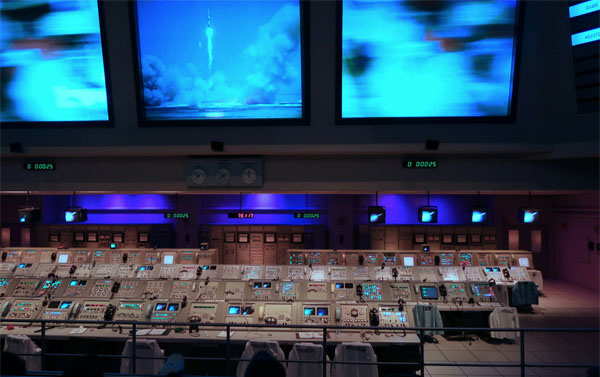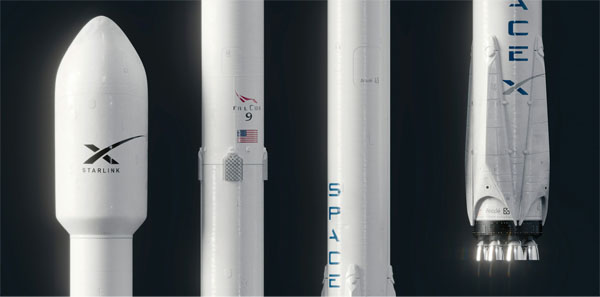How the Space Coast is at the Center of Another Space Race
By Space Coast Daily // May 20, 2024

Everybody knows that the Space Coast is world-renowned for its role in American spacefaring, providing a natural, ideal launch point for projectiles leaving the planet’s surface.
While the mission to set foot on other planets slowed down, a new space race is forming between America’s biggest businesses, with implications for the future technology we will all use.
Future Internet Infrastructure
For many people, the idea of space flight represents the cutting edge of mankind’s technological ability. It’s certainly one of them, but there are ambitious plans to improve life on our own planet before rocketing off to another one. That’s where modern internet infrastructure comes in. Our infrastructure uses a lot of cables, but increasingly we are exploring the power of wireless internet connections in the future.
If we advance from Web 2.0 to Web3, that wireless infrastructure will become much more important. In Web3, blockchain implementation could make digital transactions more secure, but this kind of system only works if everybody involved can access the internet. Blockchain adoption is slow, and it mainly functions using cryptocurrency for its transactions. Select establishments are starting to accept cryptocurrency, from online retailers to purpose-built crypto casinos that use the blockchain’s trust-enforcing mechanisms to do business online. With satellites, it’s possible to beam the internet down to areas that don’t have (or can’t access) traditional internet cables.
It seems that internet hyperscalers, the companies that own and invest in infrastructure, have decided that satellite internet connectivity is part of that future. While Google continues to invest in new subsea cables to deliver internet across the world, other companies are focusing on launching satellites into space. The function of those satellites is simple – beam the internet down to places where you can’t access fiber-optic cables.
The Modern Space Race
The modern space race isn’t about setting foot on distant planets, nor is it fought between competing countries at the height of international tensions. Instead, it’s America’s biggest businesses like Starlink and Amazon who are competing to put those satellite mega-constellations in the sky. Starlink has become the most famous and successful company to do this, having already launched 6,000+ satellites since they started in 2019. More recently, Amazon has announced that its own satellite internet initiative, Project Kuiper, will start launching its own constellation into space. They expect to have it ready as a service by late 2024.
Unsurprisingly, the Space Force Station at Cape Canaveral has become the stomping ground for these business titans. Amazon has also acquired a 172,000-square-foot satellite processing place at the Kennedy Space Center, where its Kuiper satellites will get mounted to rockets from Jeff Bezos’ other spacefaring company Blue Origin, as well as the United Launch Alliance. While there’s a lot of competition implied between companies like Starlink and Amazon, Kuiper launches have also relied on hardware from Starlink’s parent company SpaceX.

Through Elon Musk’s Starlink, SpaceX is currently leading this new space race, though Amazon’s massive war chest could upset that balance in the future. Like most industries, there’s a lucrative first-mover advantage available for whichever business can deliver the first, fully functional mega-constellation that brings the internet to the entire planet.
Separate from Amazon, Bezos’ Blue Origin also uses the same sub-orbital travel technology for tourism purposes instead. They compete with Richard Branson’s Virgin Galactic, among other businesses, though their mission is much smaller and serves a smaller clientele of luxury tourists. Other initiatives like Project Kuiper promise to deliver affordable satellite internet to average people living in rural areas, and those underserved by current infrastructure.
To play catch up, Amazon has found $10 billion to launch over 3,000 low-Earth orbit satellites by 2026. If they deliver on that, they’ll have made half of Starlink’s launch capacity in just two years. After 2026, future launches from Kuiper will certainly follow, and it remains to be seen if Starlink will commit more resources to match Amazon’s pace.












